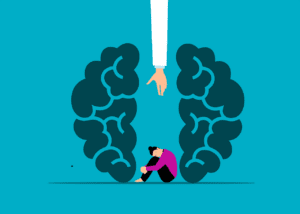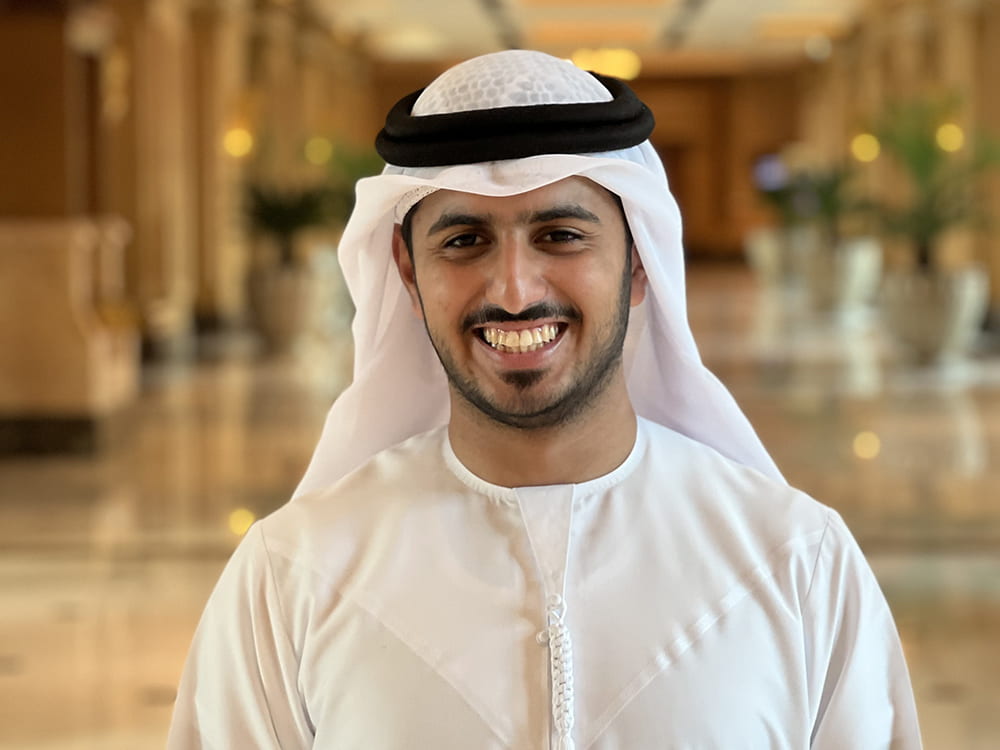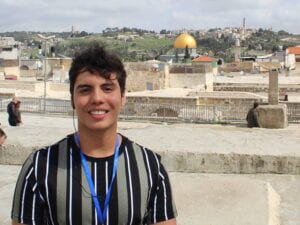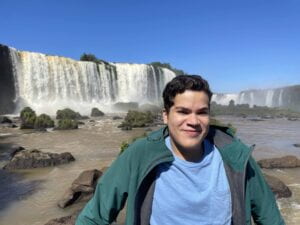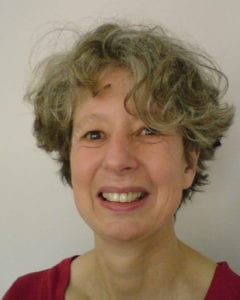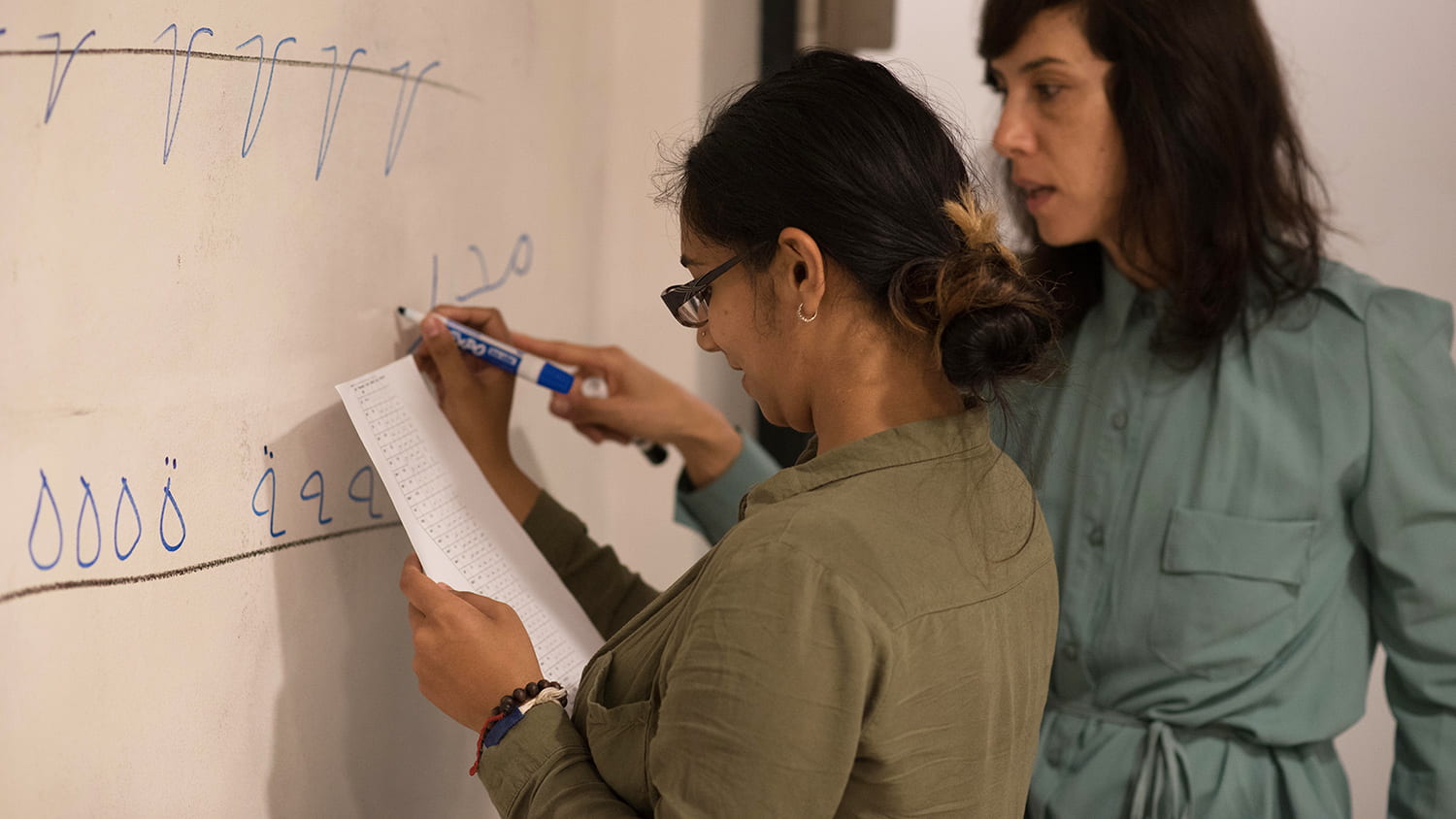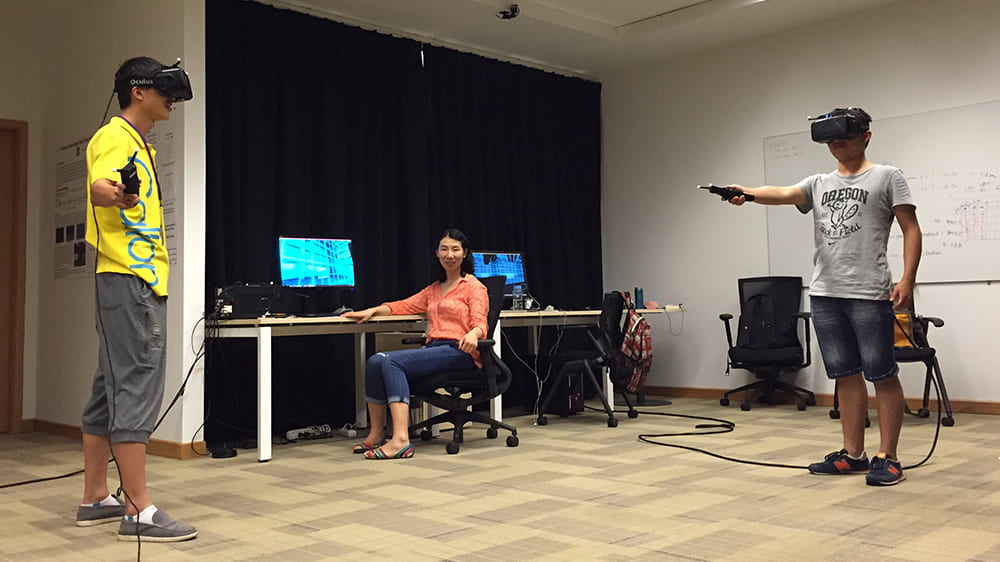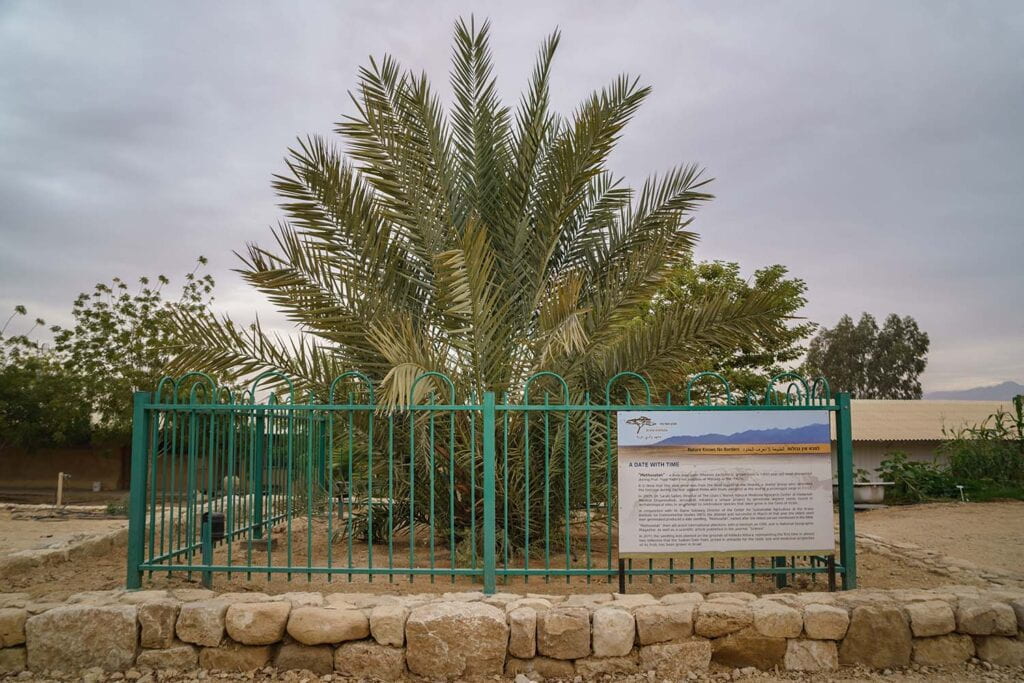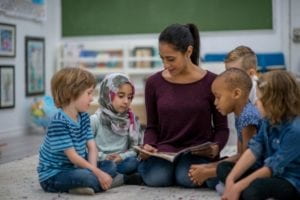 For many students at NYU, a global education isn’t just an option, it’s a given. Gaining international experience provides students with a springboard to hone language skills, pursue advanced research, and build a global network. Many of NYU’s aspiring overseas scholars apply to available scholarships and fellowships to make their dreams of going abroad a reality. Competitive awards provide singular opportunities to explore the world and continue one of the many values seeded at NYU—being a global citizen. It is a lifelong educational pursuit, and students and alumni have a full office—the Office of Global Awards (OGA)—at NYU dedicated to helping them determine the best fit for them and prepare competitive application materials. So, following the recent announcement that NYU is one of the top producers of Fulbright US students, we’re celebrating the scholars who embody the NYU ethos of a campus without walls on the global stage.
For many students at NYU, a global education isn’t just an option, it’s a given. Gaining international experience provides students with a springboard to hone language skills, pursue advanced research, and build a global network. Many of NYU’s aspiring overseas scholars apply to available scholarships and fellowships to make their dreams of going abroad a reality. Competitive awards provide singular opportunities to explore the world and continue one of the many values seeded at NYU—being a global citizen. It is a lifelong educational pursuit, and students and alumni have a full office—the Office of Global Awards (OGA)—at NYU dedicated to helping them determine the best fit for them and prepare competitive application materials. So, following the recent announcement that NYU is one of the top producers of Fulbright US students, we’re celebrating the scholars who embody the NYU ethos of a campus without walls on the global stage.
Fulbright Program
OGA runs NYU’s internal Fulbright advising and endorsement process, offering students and alumni support, from workshops and modules to accountability and community, throughout the process. Last year, 25 NYU students and alumni were awarded Fulbright grants to research, study, or teach abroad. Fulbright scholars were in countries as diverse as Brazil, Estonia, Indonesia, Jamaica, South Africa, Spain, and Sri Lanka. For this year’s Fulbright process, 67 NYU students are currently semifinalists, and results will be announced later this semester.
Rhodes Scholarship
Perhaps one of the most well-known scholarships, the Rhodes Scholarship grants students the opportunity to study at the University of Oxford as a fully funded and full-time postgraduate student. Gustė Gurčinaitė, an NYU Abu Dhabi Class of 2023 student, is currently majoring in Political Science with minors in Environmental Studies and Legal Studies. As a 2023 Rhodes Scholar, Gustė intends to pursue an MPhil in Environmental Change and Management.
Critical Language Scholarship
The US Department of State classifies certain languages as “critical languages.” That is, languages essential to national security and economic success. The Critical Language Scholarship Program, sponsored by the US Department of State, takes US students abroad for eight to 10 weeks for an intensive study and immersive cultural experience. Two undergraduate NYU students received the award in 2022. Christina Lee, an NYU College of Arts and Science East Asian Studies and Journalism double major, studied Chinese in New Taipei City, Taiwan. Luna Belle Vassão, a Global Liberal Studies major with a concentration in politics, rights, and development studied Japanese in Okayama, Japan.
Marshall Scholarship
By studying in the United Kingdom, Marshall scholars gain a unique understanding and lasting appreciation of everything the country has to offer. The two-year graduate school scholarship supports academically gifted and personally talented US students while they study in the UK. This award helps support storyteller and activist Callie Holley, Tisch School of the Arts Class of 2022, in her pursuit of an MA in Black Studies at Birmingham City University. Callie was one of four finalists from NYU considered for the scholarship in 2022 and the fourth NYU recipient to receive the scholarship in the past three years.
George J. Mitchell Scholarship
Sponsored by the US-Ireland Alliance, the Mitchell Scholarship introduces and connects accomplished, community-minded students to the island of Ireland. Each year, up to 12 Mitchell Scholars are chosen to conduct postgraduate study abroad in the discipline of their choice at any institution in Ireland or Northern Ireland. In 2021 Marilu Duque, Tandon School of Engineering Class of 2019, was selected from a pool of over 450 students. At Technological University Dublin, Marilu studied Criminology with a focus on cybercrime.
Schwarzman Scholars
As China’s role as a global power grows and becomes more complex, it’s increasingly important that the next generation of leaders understands this country of nearly 1.5 billion people. Schwarzman Scholars attend Tsinghua University in Beijing, where they complete a one-year master’s degree in Global Affairs. Throughout the year, they deepen their appreciation of Chinese culture and commerce through lectures, mentorship, language instruction, and travel. NYU students from across schools and majors have won the highly selective award. In 2022 four NYU students were named Schwarzman Scholars; in 2023 that number increased to six.
Benjamin A. Gilman Scholarship
The Gilman Scholarship program provides study abroad scholarships to US undergraduate students who currently receive a Federal Pell Grant as part of their tuition. Over the last two years, 48 NYU students received the Gilman Scholarship to support their study abroad experience. While awards typically average up to $5,000, students who apply to the Critical Need Language Award can receive additional funding. Critical languages as of 2023 include Arabic, Bangla, Japanese, Korean, and Turkish.
